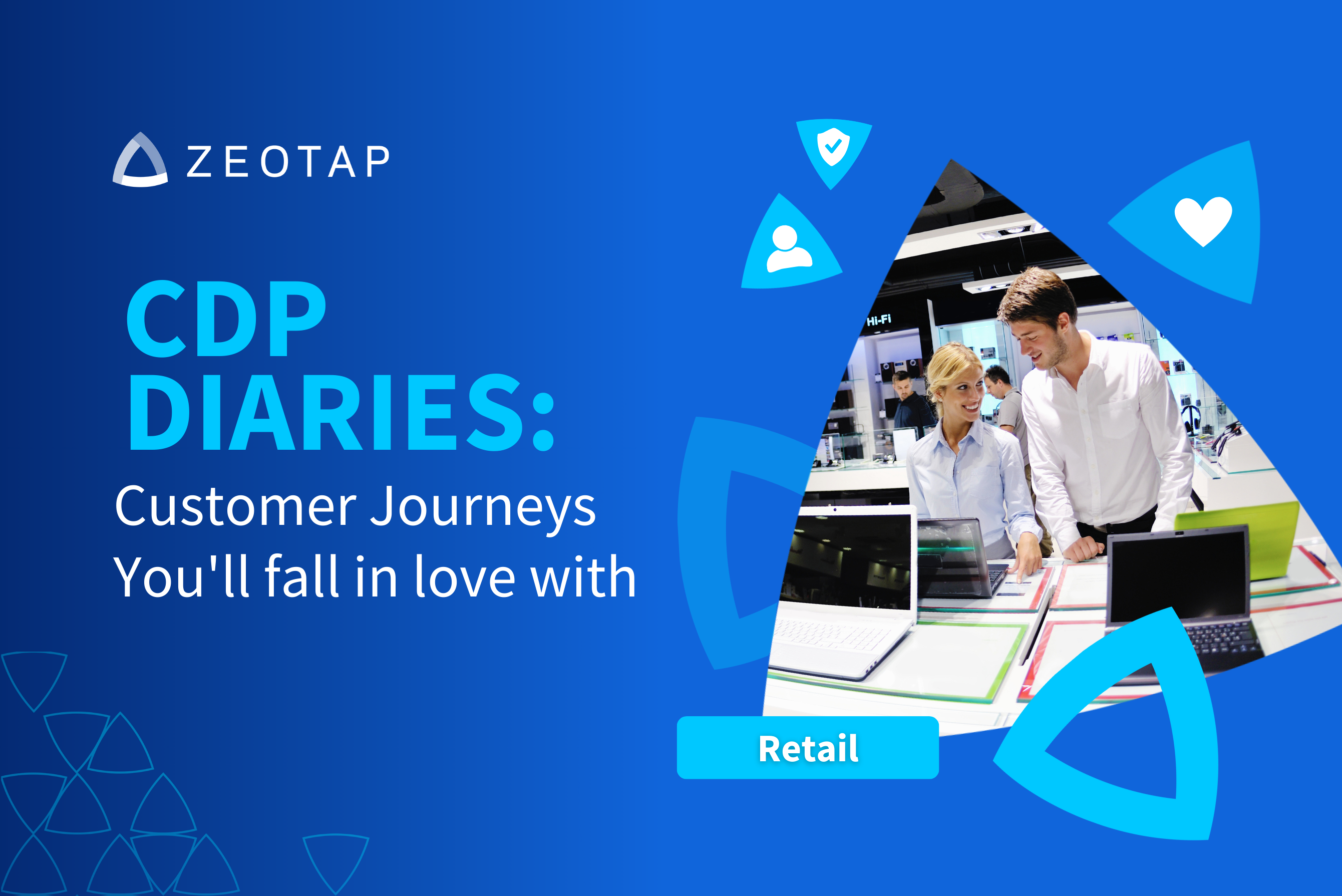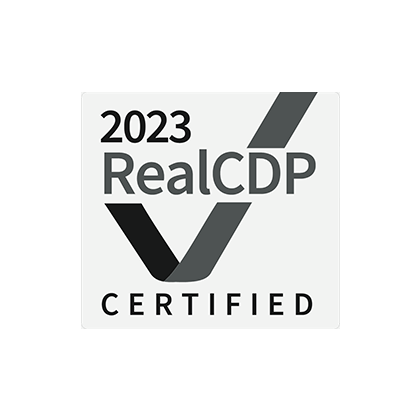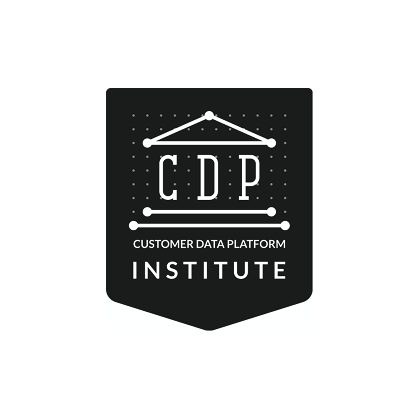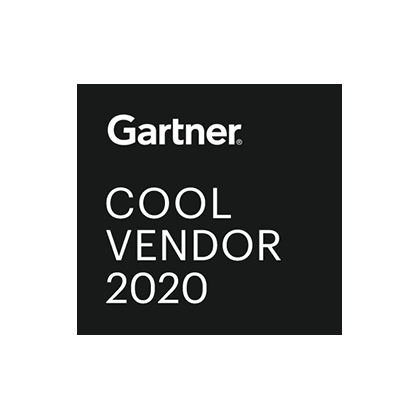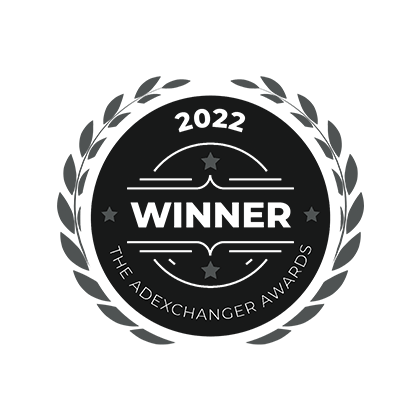Many enterprises select a CDP by running a Request for Proposal (RFP). On paper, the market looks crowded. It’s not really if you look beyond the surface of some fancy analyst reports, but that’s the topic for another article. If we take into consideration why Enterprises invest in CDPs, it is clear that the reason is to drive business results, and not to have a data stack.
These enterprise RFPs often come along with up to 600 questions – showing how important and foundational the decision to purchase a CDP is to the enterprise.
Here’s what is stunning: while there are many questions on technical capabilities, privacy, security and commercials/pricing, there is very limited focus on challenging and asking about the vendor’s experience and advice on how to have your commercial targets clearly defined (i.e. “why buy a CDP”), which paths to take to get there (i.e. “which use cases to focus on”), and how to do it (i.e. “evolving the enterprise’s underlying Operating Model”). The easy answer for that is that a SaaS vendor’s job is to deliver the right software, not develop the strategy or the operating model.
However, based on our experience, asking customers to clarify their underlying commercial targets often leads to the realisation that these are not very clearly articulated. On-top, having in place the right operating model is as essential as the software itself. At the end of the day, humans still operate the CDP. They are the ones that define, prioritise and execute use cases. So it comes down to how humans think, operate and interact with each other, and how roles, responsibilities, targets, and incentive schemes (e.g. OKRs) are defined and aligned to drive business outcomes. While in the market there is a lot of tech talk about CDPs, “the modern data stack”, and so on, enterprises buy a CDP to drive business results, not to have a data stack.
To make it clear: the chances that a CDP drives strong positive ROI are substantially higher if organisations look at CDP projects holistically and focus on their teams’ understanding of commercial targets (why), use cases (what), and the operating model (how). The approach should be towards a path of transformation. To make that happen, here are a few things we recommend considering:
- Executive sponsorship. It’s fundamental to the success of the overall project to have strong executive sponsors that define and monitor economic outcomes and drive organisational change, overcoming daily operational problems, organisational inertia and departmental political agendas.
- Clear KPI. Sponsors and teams need to define and agree on clear, quantified commercial targets/outcomes and allocate ownership. To make an example: personalising an email campaign or a website is not an economic outcome and it is hard to measure. While reducing the Cost per Order by 17%, allocating a concrete absolute target number to it, is.
- Right use cases. Once targets are defined, use cases need to be derived deductively. Ideally, use cases are not defined on how attractive they look on paper (yes, “realtime” is important, and it gets people excited, but not for the sake of “realtime”), but how fast and easily they deliver on defined targets. To drive results, what matters are use cases that have an ideal balance between initial cost and time to implement and their expected outcomes. We often see enterprises that are not clearly scoping out, prioritising and agreeing on use cases, but starting with the seemingly most “cool ones”. What happens is that the cool ones are usually hard to implement, and take a lot of time – stakeholders become impatient, start doubting and negative sentiment is created. To avoid that, executive sponsors should facilitate methodical, systematic use case discovery alongside dimensions such as time to value and ease of implementation.
- New operating model. Changing the operating model to more customer-centricity, away from channel-centricity. Usually, teams work in silos (which is often why data is created and lives in silos, too). You find the team that is in charge of the website, some other team operating the app, the call centre team, offline store teams, etc. These teams often use different MarTech and Adtech software tools to engage with customers, as well as use slightly different languages. However, if you buy a CDP, your underlying philosophy is to think and act from a 360-degree customer view, with an end-to-end orchestrated approach. This means that operating models that define how teams collaborate need to be adapted. One example is to set up an incentive scheme (e.g. OKRs) that motivates teams to operate with an overall commercial target in mind, contributing to the underlying new philosophy. Other dimensions are to define whether one central person or team, e.g. at headquarters, should become the new “CDP hub”, or whether a decentralised approach is followed, assigning ownership to local brands or company entities.
Since CDP vendors are not consultants, they can only do part of the job. We always recommend considering implementing a CDP together with a consultancy that helps to (re-)define overall commercial targets (why to procure a CDP), shortlist use cases (what to do) and evolve the operating model and incentive schemes (how to do it).
ABOUT THE AUTHOR
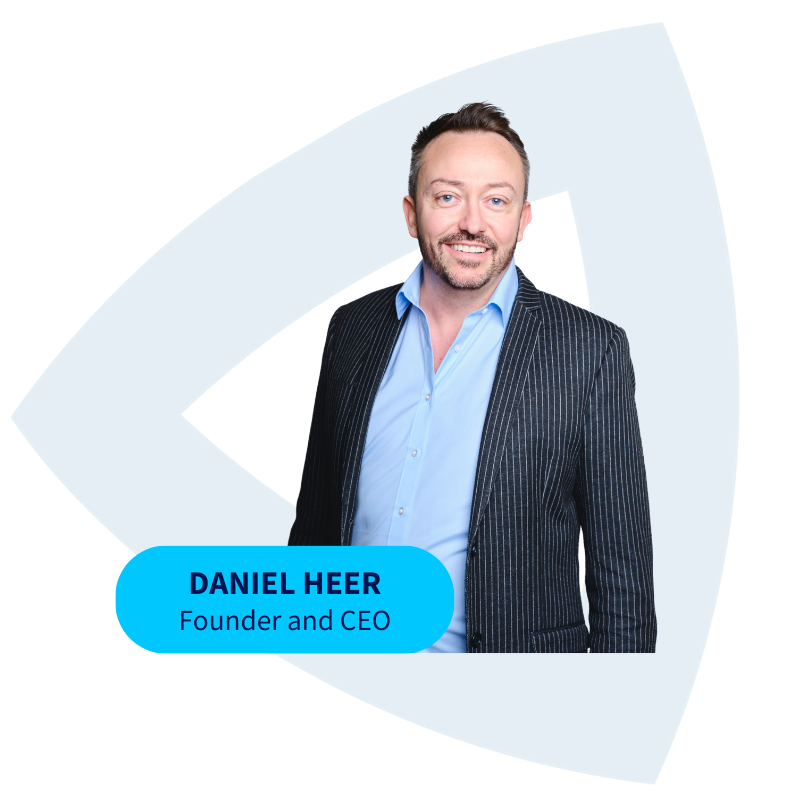 Daniel is the founder & CEO of Zeotap. Being a second-time entrepreneur, Daniel used to work for the board at Vodafone and took his learnings about the power of 1st party data to build Zeotap into Europe’s leading Customer Data Platform. Daniel has raised $110 million in capital to fund Zeotap’s growth from international institutional investors and actively helps enterprises across the globe to drive commercial outcomes and evolve their operating models by making customer data front and centre
Daniel is the founder & CEO of Zeotap. Being a second-time entrepreneur, Daniel used to work for the board at Vodafone and took his learnings about the power of 1st party data to build Zeotap into Europe’s leading Customer Data Platform. Daniel has raised $110 million in capital to fund Zeotap’s growth from international institutional investors and actively helps enterprises across the globe to drive commercial outcomes and evolve their operating models by making customer data front and centre
